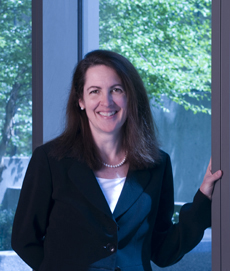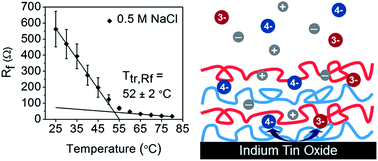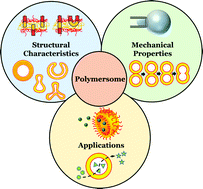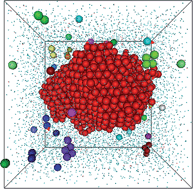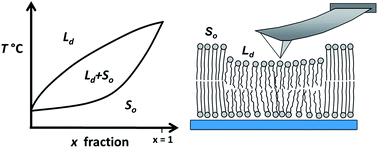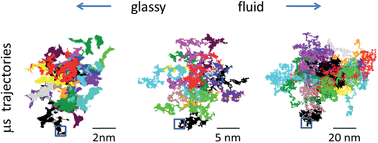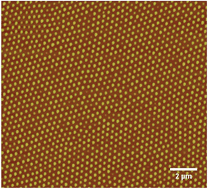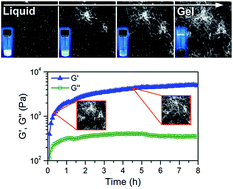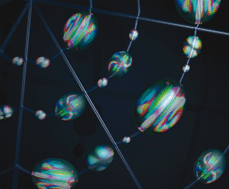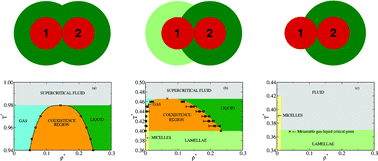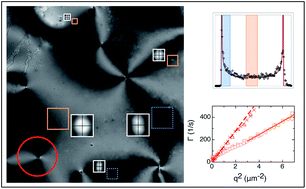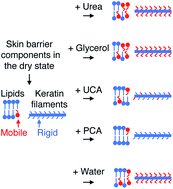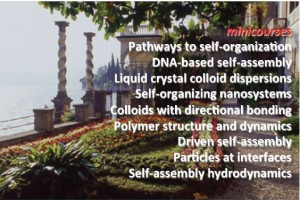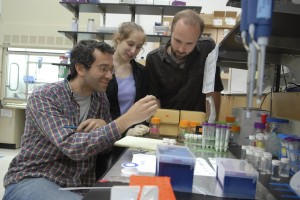This recent publication from the Armes group investigates the ability of a number of amphiphilic block copolymer nanoparticles to stabilize n-dodecane-in-water emulsions. The aim of the work was to compare spherical and worm-like nano-structures and their efficiency as Pickering emulsifiers, i.e. the ability of these solid particles to adsorb irreversibly at the liquid-liquid interface to form a Pickering emulsion.
In previous work by the University of Sheffield group, a number of both linear and branched block copolymers were produced in the form of vesicular structures. It was found that branching was necessary in order to prevent the vesicles dissociating into individual copolymer chains when exposed to high-shear homogenization. In this work linear and branched analogues of the copolymer poly(glycerol monomethacrylate)–poly(2-hydroxypropyl methacrylate) (PGMA-PHPMA) are synthesized as both spherical and worm-like nanoparticles. Armes et al. report that the linear nano-structures are not sufficiently robust enough to survive the high-shear conditions necessary for emulsification, whereas the cross-linked copolymer structures are more likely to retain their morphologies and yield genuine Pickering emulsions. Spherical and worm-like structures are provided greater covalent stabilization via chemical cross-linking, allowing structures to survive homogenization as with the vesicles reported previously.
The use of the more hydrophobic poly(benzyl methacrylate) (PBzMA) in place of PHPMA was also investigated in order to examine if increased amphiphilicity could enhance the stability of linear nano-objects in the absence of chemical cross-linking. Both the spherical and worm-like structures comprised of these linear polymer chains formed stable Pickering emulsions, suggesting that branching is not mandatory for the formation of the particulate surfactants.
Due to strong adsorption at the liquid-liquid interface and their ability to produce smaller droplets at a given nanoparticle concentration, it is concluded that branched copolymers with worm-like morphologies are the more effective Pickering emulsifiers. This is also aided by the suggestion that they are at least as efficiently adsorbed at the interface as their spherical analogues.
This post was written by web writer Rob Woodward. Rob is currently based in Imperial College London working in the Polymer and Composite Engineering (PaCE) group. Rob has a background in both responsive polymeric surfactants and microporous organic polymers for carbon capture and storage.


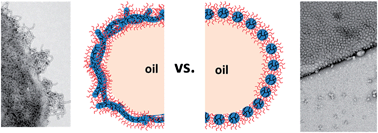









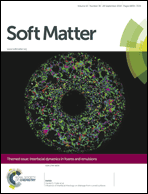 Issue 36 of Soft Matter is a very special
Issue 36 of Soft Matter is a very special 